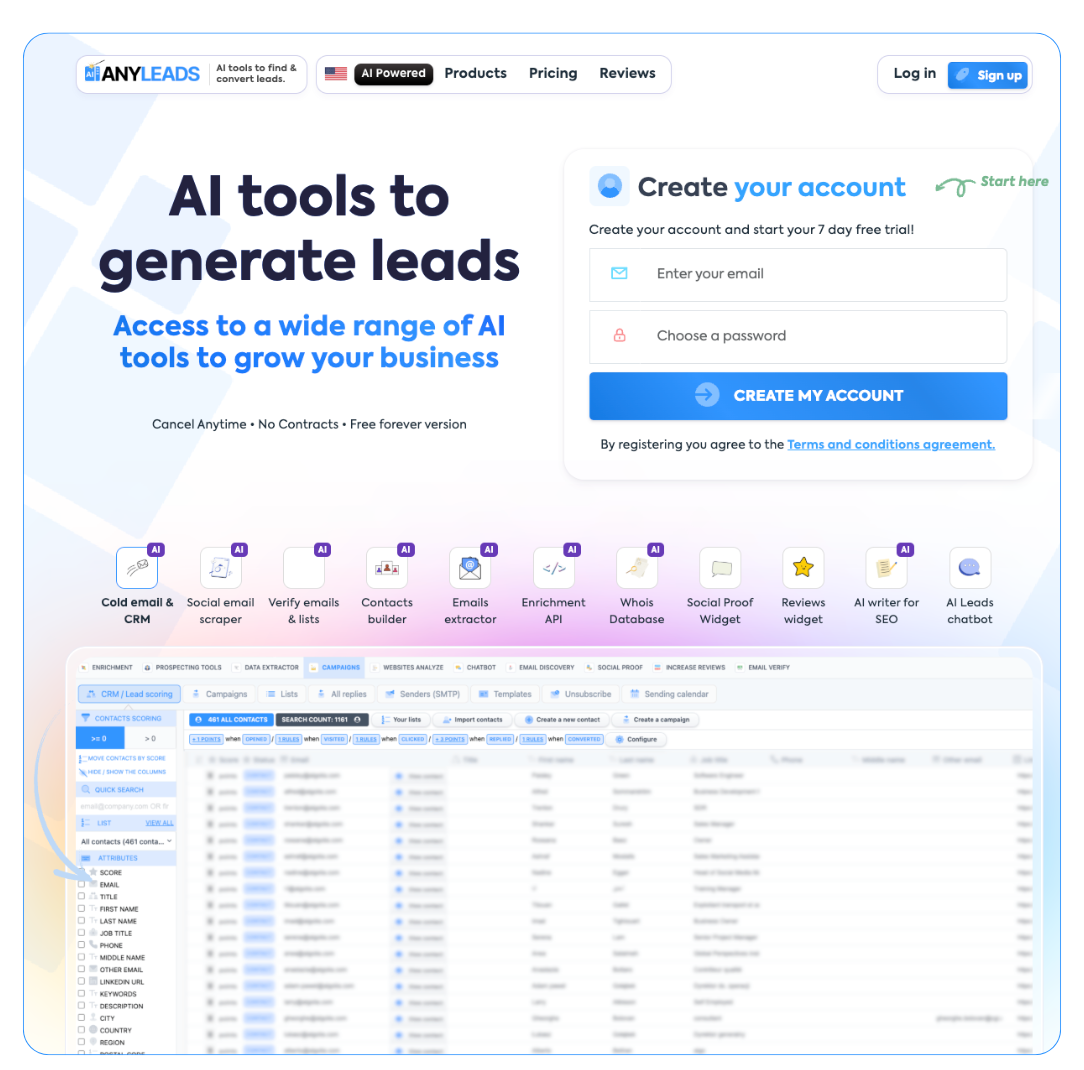 LIMITED SPOTS
All plans are 30% OFF for the first month! with the code WELCOME303
LIMITED SPOTS
All plans are 30% OFF for the first month! with the code WELCOME303

 LIMITED SPOTS
All plans are 30% OFF for the first month! with the code WELCOME303
LIMITED SPOTS
All plans are 30% OFF for the first month! with the code WELCOME303


Many brands eventually reach a point where ads feel like they’re getting more expensive while results stay the same. This is happening across multiple industries in the UK, where digital competition is steep and customer attention is split across countless platforms. Even well-performing campaigns start hitting a ceiling.
So the question becomes: How do you keep generating leads when simply adding more budget isn’t realistic?. Many brands turn to a digital marketing consultant agency to identify smarter, long-term strategies that don’t rely on rising ad costs.
This article looks at how SEO becomes a long-term lead engine, how it reduces dependency on paid traffic, and why it matters for brands that want predictable growth without chasing ad spend. Let’s break it down.
Paid traffic can generate quick attention, but it comes with built-in limitations. The moment you pause a campaign, visibility disappears. Every lead depends on constant budget allocation, which creates a ceiling—especially for small and mid-size brands trying to grow consistently.
SEO works differently. Once a page ranks, it continues sending organic traffic at no extra cost per click. Instead of renting visibility like ads, SEO helps brands own it.
A strong organic presence also increases trust. Users naturally see high-ranking pages as credible, reducing hesitation and boosting conversions without extra spending.
Organic search is one of the few channels where users actively look for solutions. When your website appears at the exact moment someone searches for a need, your lead generation shifts from chasing to attracting.
This is why many businesses work with an experienced SEO Agency UK, such as Carrie Ann Sudlow’s team, to build a search framework that targets the right queries and attracts qualified visitors rather than random clicks.
Once your pages are aligned with actual search intent and supported by solid technical SEO, your website becomes a quiet engine running in the background. Guides, service pages, and blog posts continue ranking, sending leads even when you’re not increasing your ad budget.
Over time, this lowers the cost per lead and frees up paid channels to be used strategically instead of being your only source of traffic.


A big mistake brands make is treating SEO as a numbers game—more keywords, more traffic, more visibility. But growth isn’t about attracting everyone; it’s about reaching people who are already close to taking action.
High-intent searches like:
“best software for…”
“services near me”
“how to fix…”
“pricing for…”
signal that the user is already evaluating solutions.
Ranking for these queries puts your brand in front of people who are comparing options, gathering information, or preparing to buy. These visitors convert at much higher rates because they arrive with a purpose, not curiosity.
This approach builds a defensible advantage. Competitors either outrank you organically or spend heavily on ads just to stay visible.
Good SEO doesn’t exist in isolation; it supports your entire marketing ecosystem.
When people discover you through search, every other channel becomes more effective:
Email subscribers are warmer because they joined through helpful content.
Social engagement improves because users already recognise your brand.
Retargeting becomes cheaper because your warm audience grows naturally.
SEO also gives you real demand insights. Search data shows what people want, what they compare, and what questions they ask. This improves ad messaging, landing pages, and even product positioning.
Once your brand consistently appears for industry questions, comparison searches, and problem-solving queries, every touchpoint becomes easier to convert.
Content that ranks well isn’t just keyword-stuffed — it understands the user’s problem and answers it clearly.
High-performing pages:
Explain benefits in short, digestible paragraphs
Address real concerns through examples or comparisons
Use internal links to guide visitors to decision-focused pages
This creates an effortless conversion path. Instead of forcing traffic through paid ads, your content naturally nurtures visitors toward becoming leads.
When your website becomes a reliable resource, people trust it, return to it, and convert through it — all without increasing monthly spend.


SEO is one of the few marketing strategies that compound over time. Every ranking helps future rankings. Every authoritative page strengthens the site around it. Every link builds domain trust.
Paid ads reset every single month. SEO grows every single month.
Brands that invest early eventually widen the gap between themselves and competitors who rely only on ads. As organic traffic expands, dependency on paid traffic decreases — giving businesses more financial room to innovate, hire, or scale.
Long term, this stability becomes a strategic advantage that ad campaigns alone can’t match.
Paid ads still play a role in modern marketing, but they can’t sustain long-term growth by themselves — especially in competitive regions like the UK, where costs rise quickly.
Strong SEO flips the equation. It attracts search-ready audiences, improves lead quality, strengthens other channels, and builds predictable visibility without inflating spend.
If your goal is steady, cost-efficient growth, investing in organic search is one of the smartest moves you can make.